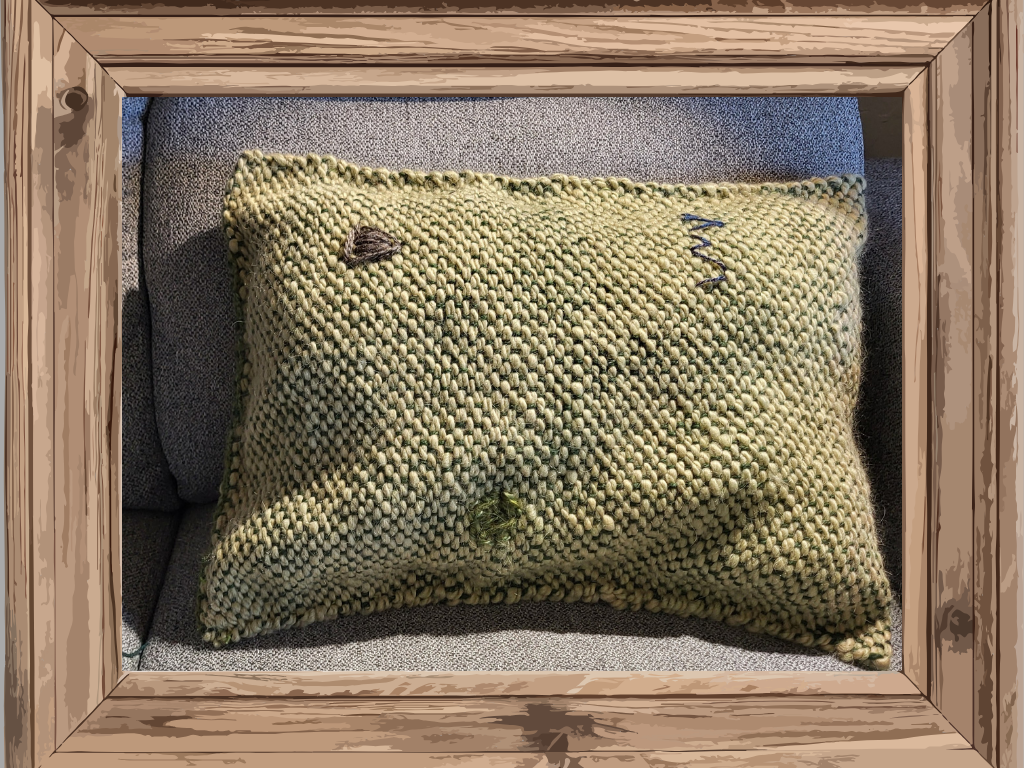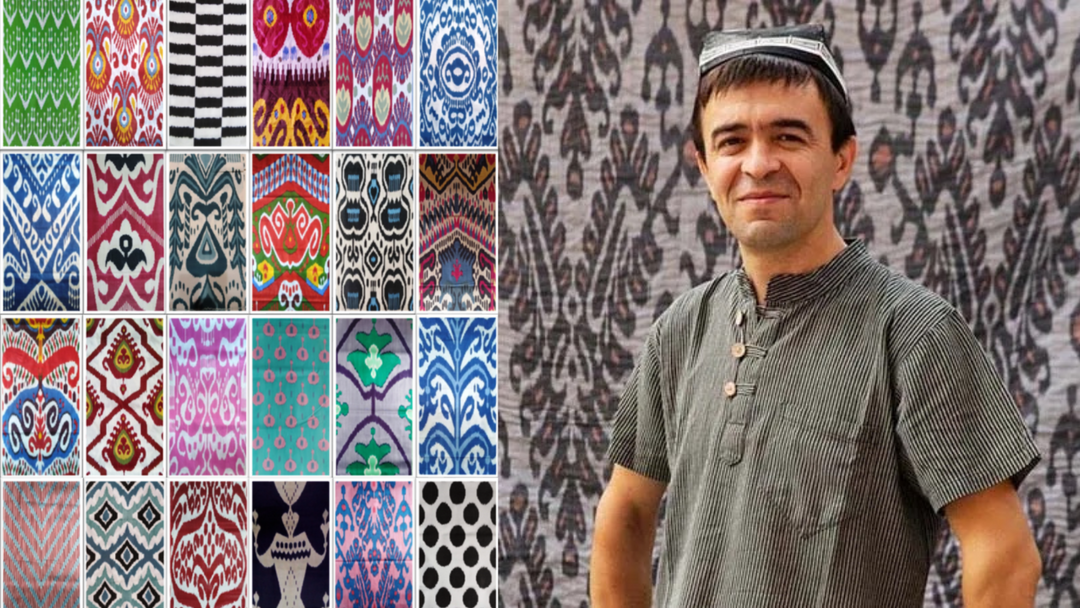Navro'z muborak—Uzbek
Навруз муборак-Tajik
Нооруз кут болсун-Kyrgyz
Happy Nawruz!
The celebration of a “New Day” in Central Asia & beyond.
People everywhere celebrate the arrival of spring as a renewal of life and relationships. In our partner countries of Central Asia, that celebration is known as Navruz (also seen written in English as “Nowruz” or "Nawruz").
Navruz (meaning “New Day” in Farsi and Tajik) is the largest festival period throughout Central Asia. Also known as the Persian New Year, Navruz has an estimated 3,000+ year history originating from Zoroastrianism. In 2016, Navruz was inscribed into the UNESCO Representative List of the Intangible Cultural Heritage of Humanity.
The celebrations often last for up to a week, and include food, dancing, music, family and community celebrations. Following the independence of the Central Asian republics after the collapse of the Soviet Union, Navruz was recognized throughout the region as a national public holiday, lasting several days in some countries. This festival is generally recognized as the most colorful showcase of traditional culture in the region.
Navruz coincides with the spring equinox (when the length of day and night is the same), which falls on March 20th or 21st. In Tajikistan, people do their spring-cleaning in preparation for the holiday and dress up in their best clothes. Tajiks also prepare for Navruz spiritually by paying debts and forgiving old insults.
Lively folk festivals spill over into lavishly decorated village streets, while city fairs overflow with handicraft souvenirs. In rural areas, traditional sports competitions attract enthusiastic audiences. Especially popular are equestrian tournaments.
Traditional games play a big part in Navruz celebrations, especially in the rural areas. For the grown-ups there is horseracing, wrestling, tug-of-war, arm-wrestling and buzkashi, a game played on horseback using the headless body of a goat. Traditionally, girls play jump rope and boys play jacks with animal bones known as “bujulbozi.”
Food is central to the Navruz celebrations throughout the region. One of the traditions is to set a festive “haft sin” (literally “7 s’s”) table with seven dishes or items that begin with the letters “s” and “sh”. Each country has its own food specialties for the holiday celebrations.
Just in From Navro'z in Margilan, Uzbekistan

Hello Navro'z in Margilan, Uzbekistan (2023), Photo Credit Aziz Murtazaev
In our last session of our Silk Road Design Encounter-Uzbekistan on Monday evening US time, we traveled to Margilan, Uzbekistan with our ikat weaving master, Aziz Murtazaev.
It was early morning on Tuesday in Uzbekistan, and Aziz led us on a live tour of his home and neighborhood on the morning of Navro’z. That included a quick trip to the neighborhood where set-up was beginning for the Navro'z festivities to come.
Later in the day, Aziz shared a collection of photos and a short video showing the neighbor celebration in full swing! Thank you so much Aziz. I hope you enjoy these tidbits as much as I did. It's like being there in person!

Navro'z Deliciousness (Margilan, 2023), Photo Credit Aziz Murtazaev

Navro'z in Margilan, Uzbekistan (2023), Photo Credit Aziz Murtazaev

Navro'z Joy Among the Children (Margilan 2023), Photo Credit Aziz Murtazaev

Navro'z Neighborhood Excitement (2023), Photo Credit Aziz Murtazaev

Navro'z-Kid Stuff in Margilan (2023), Photo Credit Aziz Murtazaev

Neighborhood Park Welcomes Navro'z in Margilan (2023), Photo Credit Aziz Murtazaev
Video ©2023, Aziz Murtazaev.







Leave a comment